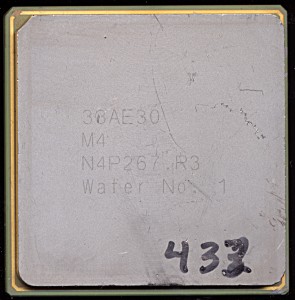The Oracle SPARC M4 and how it became the M5 (but really didn’t)
The story of the Oracle SPARC M4 is best told starting with Afara websystems. Afara was the original developer of the SPARC processor that became the SUn UtraSPARC T1, aka the Niagara. Sun acquired Afara in 2002 in a sale that was really designed as a capital campaign for Afara, they had the technology and design for the processor, just not the money to enter the market, Sun had the money (or so they thought at the time). The T1 was released in 2005 and had 4-8 cores. The individual cores were called the SPARC S1 core (now an open source SPARC core). In 2007 Sun released the Nigara 2, the UltraSPARC T2, with 4-8 cores, based on the second version of the S1, the S2. Both the S1 and S2 were designed with multi-threading as the primary performance point. They excelled at it, and the UltraSPARC T3, released in September 2010 (though it had been sampling all the way back in Dec. of 2009) did even better at multi-threaded applications. The T3 also was fab’d by TSMC, a change from previous SPARCs which were almost entirely fab’d by Texas Instruments.
The T3, and the S2 core it was based on had one major problem. The S2 core had sub-par single thread performance. While the workloads given to a SPARC server can be tailored somewhat to match was the processor does best (multi-threading) there is always going to be a point at which a single thread task must be done, and it will hold up the entire processor if it cannot be processed efficiently.
Tags:
M4, M5, Oracle, Sun, UltraSPARC
Posted in:
CPU of the Day


